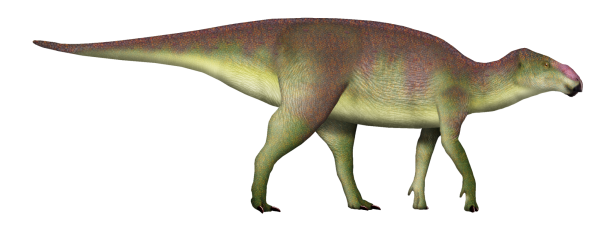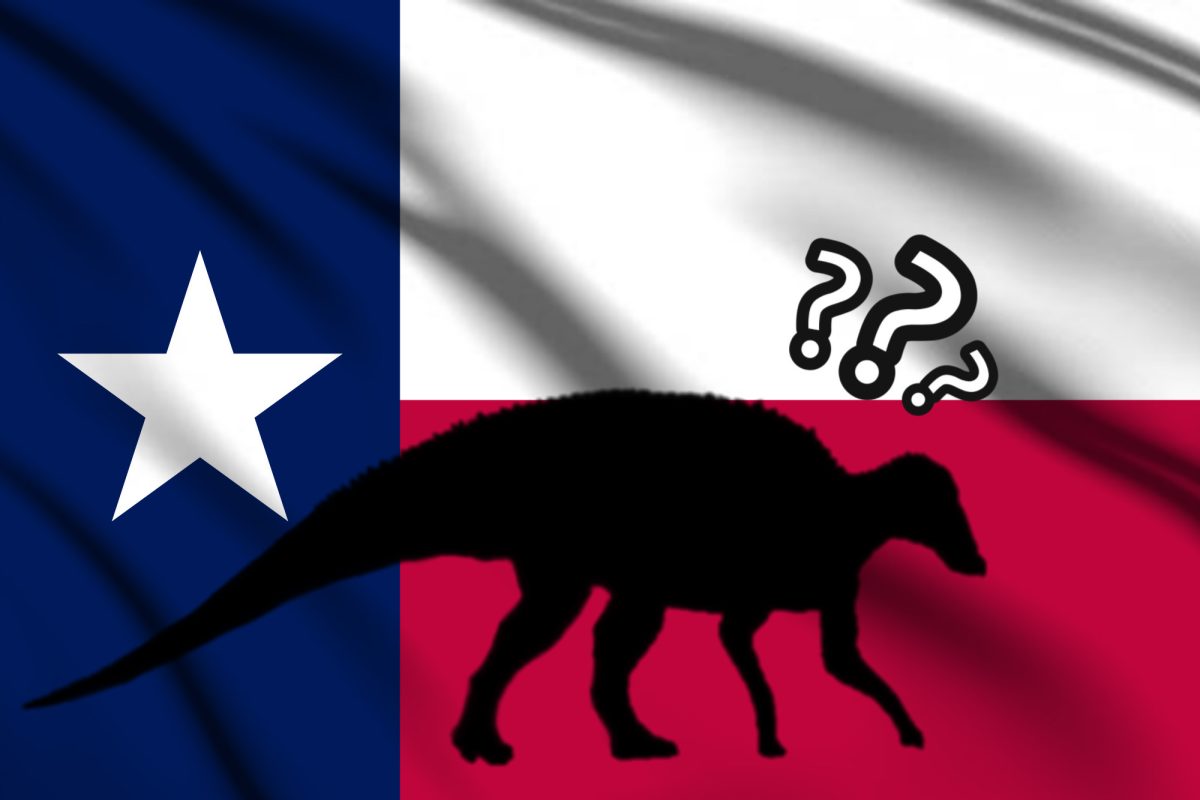Malefica (meaning “witch” or “sorceress”) in Latin, was a large herbivorous dinosaur that lived during the Campanian stage of the late Cretaceous period in the Aguja Formation. Decades ago, a partial left maxilla (jaw bone) was recovered from Bruja Canyon in Big Bend National Park. Then, in 2002 this maxilla was assigned to the genus Kritosaurus. 20 years later the fossil was re-examined by Albert Prieto Márquez when he was combing through the paleontology collection of the Science and Resources Division of Big Bend National Park. The maxilla showed many defining features, which suggested a new species, named Malefica deckerti.

Malefica is a hadrosaur, also known by the nickname “duck-bills” was a family of dinosaurs in the Ornithischia clade, which is a grouping term for species. This clade had many diverse forms, but some of the main features were herbivory, facultative biped ability, beaks and fancy crests. Due to Malefica’s fragmentary remains, it’s tough to know what its appearance was like. But by basing the remains of similar species, paleontologists can get a relatively accurate image of the animal. Malefica would probably be a truck-sized quadruped, with the possibility of a nasal “balloon” that could inflate when calling, the signature beak or “duck bill,” and either a smooth back or a back lined with “spikes.”
While found in Big Bend, Malefica’s range could have extended much farther to the point it could have even reached Austin. Most of Austin during the late Cretaceous consisted of marine environments, but we do know that some areas had land where dinosaurs roamed. During this time Austin was a tropical coast with rich marine life, from giant reptiles to huge fish. Back on land, Ornithomimus was abundant and alongside them could have been the ancient sorceress, Malefica.









Sutton Banning • Jan 23, 2024 at 11:43 am
I really like how you went in to the discovery and not only things like facts about the dinosaur. It really adds depth to the article